Learning that you are pregnant is often a mixture of joy and very practical questions. Among them, one often comes up: can I continue my beauty treatments or should I stop everything until the birth?
The answer isn't a simple "yes" or "no." During pregnancy, many cosmetic procedures are simply postponed as a precaution, especially those that are invasive or very powerful. However, some gentle treatments, focused on comfort and hydration, can sometimes be maintained or adapted, provided they are done with the approval of your doctor and an expert team.
The aim of this article is to help you see things more clearly, by explaining the main points of what is generally discouraged, what can be considered, and how SSSKIN adapts its protocols in this particular context.
1. Pregnancy, hormones and skin: why you need to adapt your skincare
During pregnancy, the skin reacts differently. Hormones alter sebum production, pigmentation, and microcirculation. Some women experience more blemishes, while others find their skin drier or more reactive.
At the same time, spots may appear or worsen, particularly melasma, also known as the "mask of pregnancy." A simple sunburn or an unsuitable peel can aggravate these spots and make them more difficult to treat later.
In addition, there is an important point: for ethical reasons, cosmetic treatments are not systematically tested on pregnant women. As a result, for the majority of purely cosmetic procedures, there is a lack of solid data on safety during pregnancy. This is why dermatologists and reputable clinics adopt a very cautious approach and prioritize simplicity.
2. Cosmetic medicine treatments are generally not recommended during pregnancy

The basic rule is simple: during pregnancy, avoid invasive, powerful, or poorly studied cosmetic treatments for this period of life. This doesn't mean they are proven "dangerous," but rather that there isn't enough long-term data to confidently recommend them.
Cosmetic injections (Botox®, fillers, skin boosters)
Hyaluronic acid, botulinum toxin, and skin booster injections are very popular under normal circumstances, but they remain medical procedures that are not essential during pregnancy. The available data is limited and does not allow for a reassuring safety profile for a procedure performed solely for cosmetic purposes. This is why most cosmetic doctors prefer to postpone these types of treatments until after pregnancy, and often after breastfeeding.
Lasers and IPL (laser hair removal, pigment lasers, vascular lasers)
Lasers can sometimes be used during pregnancy for specific medical reasons, but for purely cosmetic procedures such as permanent hair removal, skin rejuvenation, or the treatment of small blemishes, caution is advised. The skin is more sensitive, more prone to burns and scarring, and there is a lack of reliable long-term data. In practice, clinics generally prefer to wait until after the pregnancy before resuming laser hair removal or pigment laser treatments.
Medium and deep peels
Peels using high concentrations of acids (such as certain TCA peels) or more aggressive formulas are considered too intense during pregnancy. They result in deep exfoliation and require controlled healing, which isn't ideal for skin already weakened by hormones. Here too, the safest approach is to wait until after pregnancy to undergo more transformative treatments.
Other energy devices: radio frequency, HIFU, plasma, intensive microneedling
Technologies such as radiofrequency, high-intensity focused ultrasound (HIFU), plasma therapy, and deep microneedling offer excellent results under normal circumstances, but they are still relatively unexplored in pregnant women. They sometimes involve the use of anesthetic creams, significant heat, or multiple micro-perforations of the skin. As a precaution, most professionals choose to avoid them during pregnancy and reserve them for later use.
3. What treatments are possible during pregnancy?
Fortunately, pregnancy doesn't necessarily mean "zero care." It's often possible to maintain a basic routine and some professional treatments, provided you choose them carefully and discuss them with your doctor beforehand.
For your at-home routine, the priority is simplicity. A gentle cleanser, a suitable moisturizer, and daily sun protection form the ideal foundation. The cleansing lotion should be free of unnecessary harshness and irritating fragrances, and used gently, without excessive rubbing. The moisturizer can contain hyaluronic acid, glycerin, or ceramides to strengthen the skin barrier.
Some active ingredients are generally better tolerated during pregnancy, such as moderate concentrations of vitamin C, niacinamide, or azelaic acid, but it remains important to check each product individually with a professional. Conversely, retinoids (retinol, tretinoin, etc.), hydroquinone, or highly concentrated at-home peels are often discouraged. Organizations like the American Academy of Dermatology also offer guidelines for a skincare routine during pregnancy (in English). ( American Academy of Dermatology )
In their treatment rooms, many clinics continue to welcome pregnant women for very gentle facials. These may include a tailored deep cleansing, a relaxing massage, hydrating and soothing masks, or sometimes gentle light therapy, provided the protocol and intensity are carefully chosen. The aim is to provide comfort, radiance, and a moment of well-being, without seeking a "shock" or radical transformation.
Superficial peels, for example those using low concentrations of fruit acids, may sometimes be considered on medical advice. These are then performed on carefully examined skin, with close monitoring, especially in the presence of melasma or pigmentation spots. In many cases, however, it is more sensible to focus on hydration, sun protection, and patience, and to schedule more intensive treatments after childbirth.
4. A closer look at some SSSKIN treatments and pregnancy

At SSSKIN, treatment protocols are personalized based on your health, medical history, and expectations. Pregnancy is always a key point to inform the team, as it changes how treatments are planned and scheduled.
Permanent laser hair removal and pregnancy
Laser hair removal is one of SSSKIN's flagship treatments under normal circumstances, offering long-lasting results and true freedom in your daily life. During pregnancy, however, the situation is different. Hormones can increase or alter hair growth, making results less predictable. The skin also becomes more susceptible to burns and blemishes. As data on purely cosmetic laser hair removal for pregnant women remains limited, the most prudent strategy is generally to postpone sessions until after pregnancy. In the meantime, shaving or, if the skin tolerates it, certain waxing methods remain the simplest options.
SSSKIN facial peels and pregnancy
The peels offered by SSSKIN can improve skin texture, radiance, and certain imperfections outside of pregnancy. During pregnancy, they are approached with much more caution. Superficial peels can sometimes be suitable, but only in a very controlled medical or paramedical setting, depending on the skin's condition and the specific issue. In practice, SSSKIN will generally favor gentle, hydrating, soothing, or subtly brightening facial treatments over powerful peels, in order to avoid the risk of causing blemishes or lasting irritation.
PRP for the face and pregnancy
Facial PRP uses your own platelet-rich plasma to improve skin quality. It's a popular treatment for its natural approach and the "glow" effect it produces after several sessions. During pregnancy, even though the product is derived from your own blood, the procedure still involves multiple injections. There is a lack of specific data on this type of cosmetic procedure for pregnant women, and it is not considered an essential treatment. Therefore, it is generally recommended to schedule facial PRP treatment after pregnancy, once the skin has stabilized and a comprehensive protocol can be developed with other complementary treatments.
5. After pregnancy: how to plan your cosmetic treatments?
A simple way to look at it is to consider pregnancy as a period of “maintenance” and protection, and then the post-pregnancy period as the right time to restart more targeted and powerful treatments.
During pregnancy, the key is to maintain a minimalist but regular routine, focused on thorough cleansing, generous hydration, and daily sun protection. The American College of Obstetricians and Gynecologists ( ACOG ) reminds us, for example, that spots, stretch marks, and other skin changes are extremely common and often temporary. It is therefore more sensible to work with the skin rather than trying to "correct" it at all costs.
Sun protection remains essential. A broad-spectrum sunscreen, ideally with mineral filters, a hat, and seeking shade as soon as the sun is strong help limit the worsening of melasma and other pregnancy-related spots. Combined with good hydration and a few well-chosen active ingredients, this routine protects the skin while preparing it for future, more targeted treatments.
After giving birth, and possibly after the breastfeeding period if you are breastfeeding, it becomes easier to develop a comprehensive aesthetic plan. This is the time to discuss a holistic strategy with your dermatologist or SSSKIN practitioner: resuming laser hair removal sessions, peeling protocols to treat blemishes or scars, PRP to improve skin quality, and, if you wish, resuming any injections. The most important thing is to proceed step by step and listen to your body, which has just undergone considerable exertion.
6. FAQ – Aesthetic treatments and pregnancy

Can I have laser hair removal during pregnancy?
As a precaution, laser hair removal for purely cosmetic purposes is generally postponed until after pregnancy. Hormonal changes and skin sensitivity make results less predictable, and there is a lack of solid data to recommend these treatments during this period.
Which skincare products should I avoid while pregnant?
As a general rule, retinoids, hydroquinone, highly concentrated at-home peels, and certain high-dose depigmenting agents are often discouraged during pregnancy. Before continuing to use a "strong" product that was started before pregnancy, it is best to consult your dermatologist or gynecologist.
Can I continue to have facial treatments done at a salon?
Yes, provided you inform your practitioner that you are pregnant and choose very gentle treatments: a suitable deep cleansing, massages, hydrating or soothing masks, and possibly gentle LED light therapy depending on the protocol. Anything invasive or very powerful is generally discouraged.
What about breastfeeding?
Many recommendations applied during pregnancy also apply during breastfeeding, as some active ingredients or medications can pass into breast milk. Again, every situation is different. The safest approach is to discuss each treatment (laser, peels, PRP, injections, etc.) with your doctor before scheduling it.




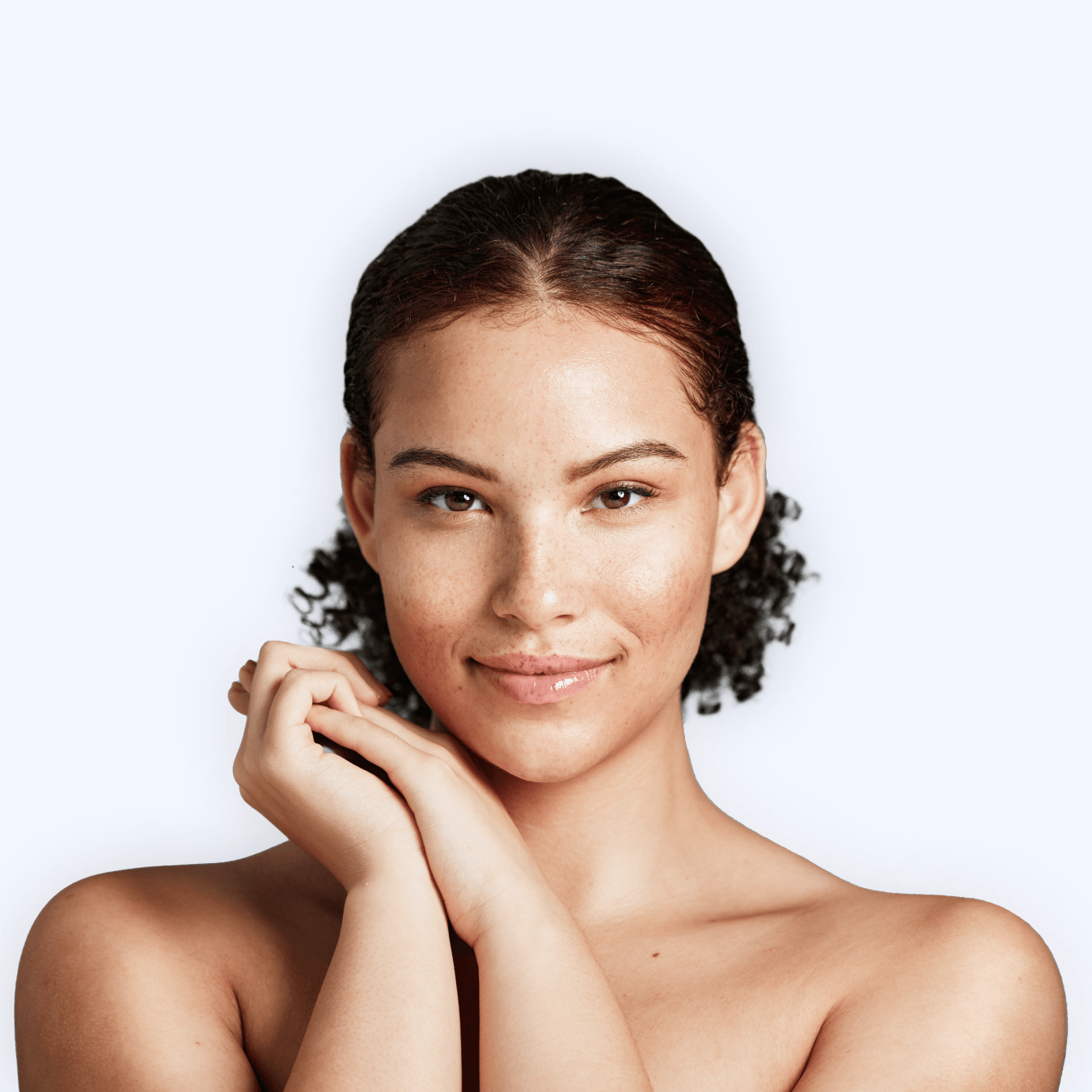

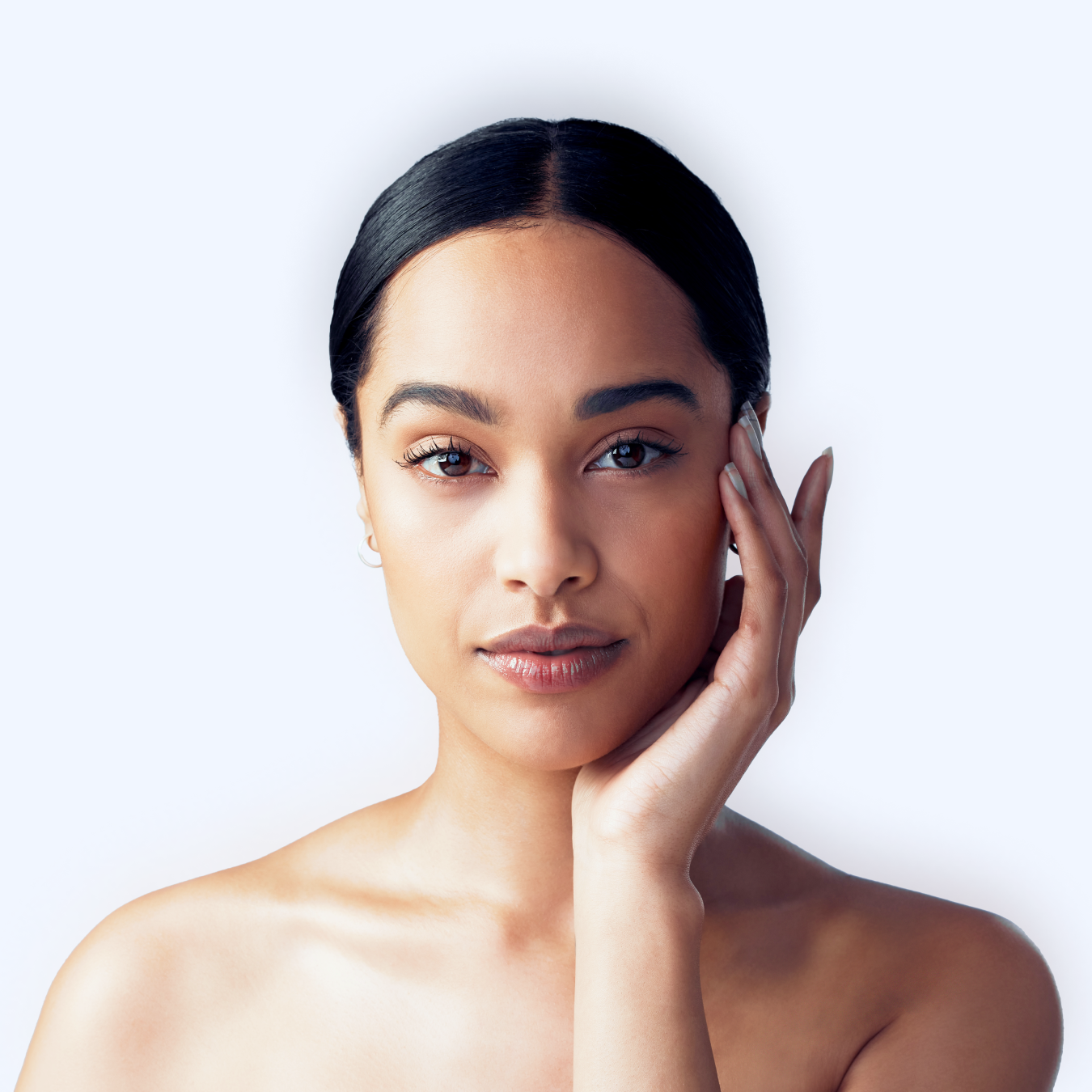



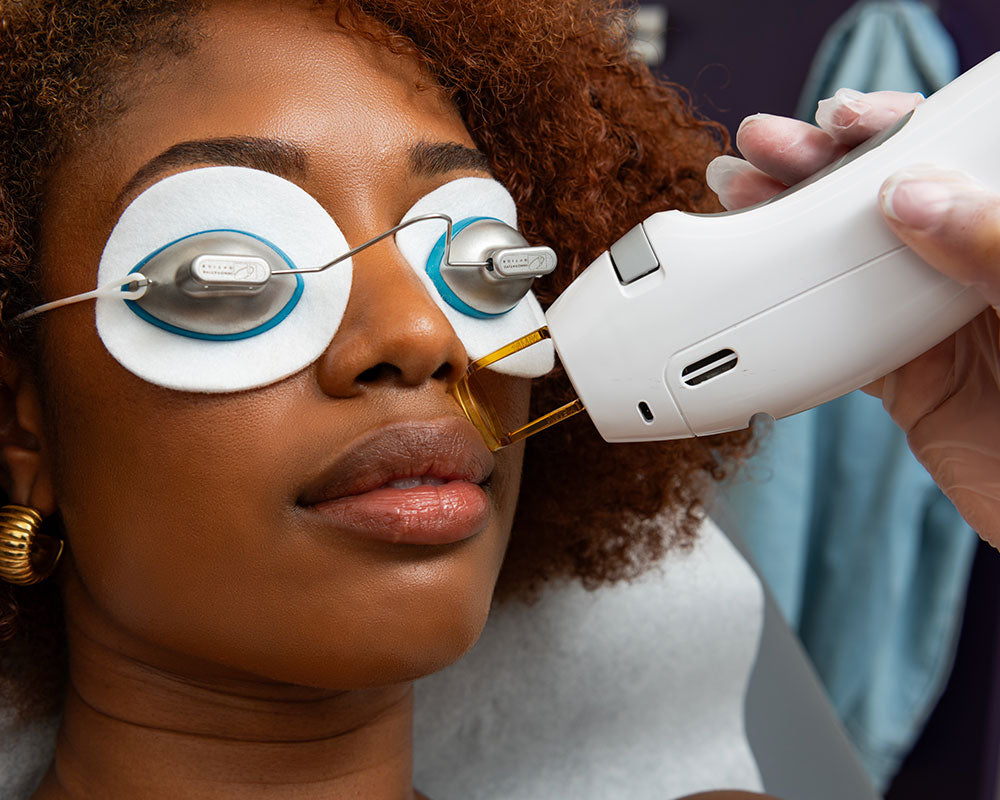
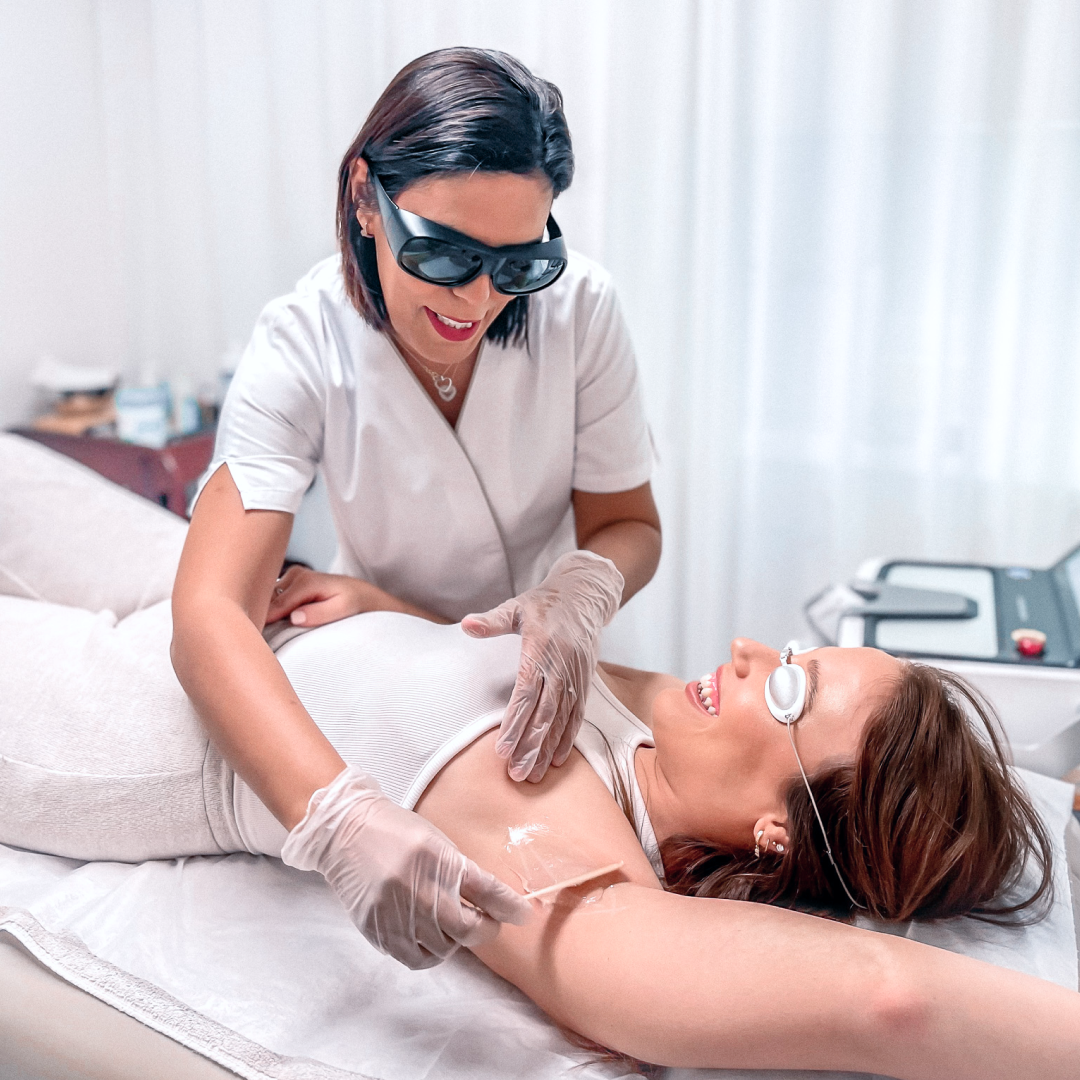
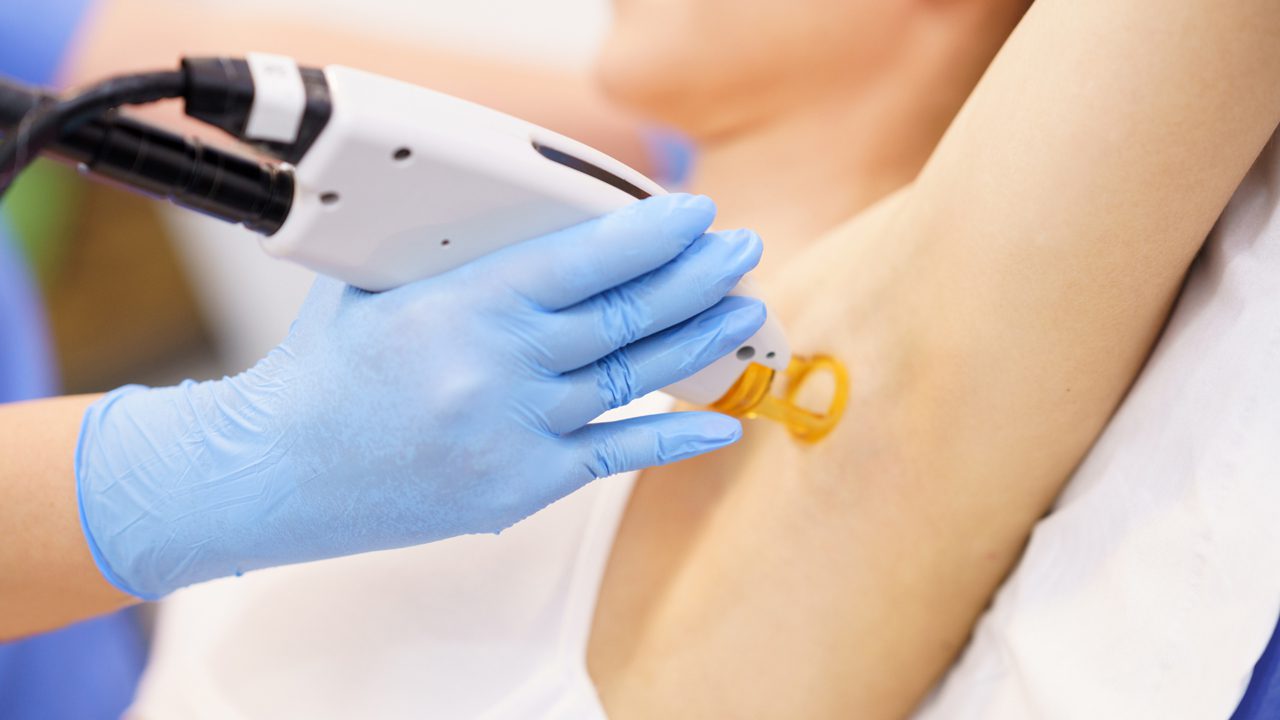
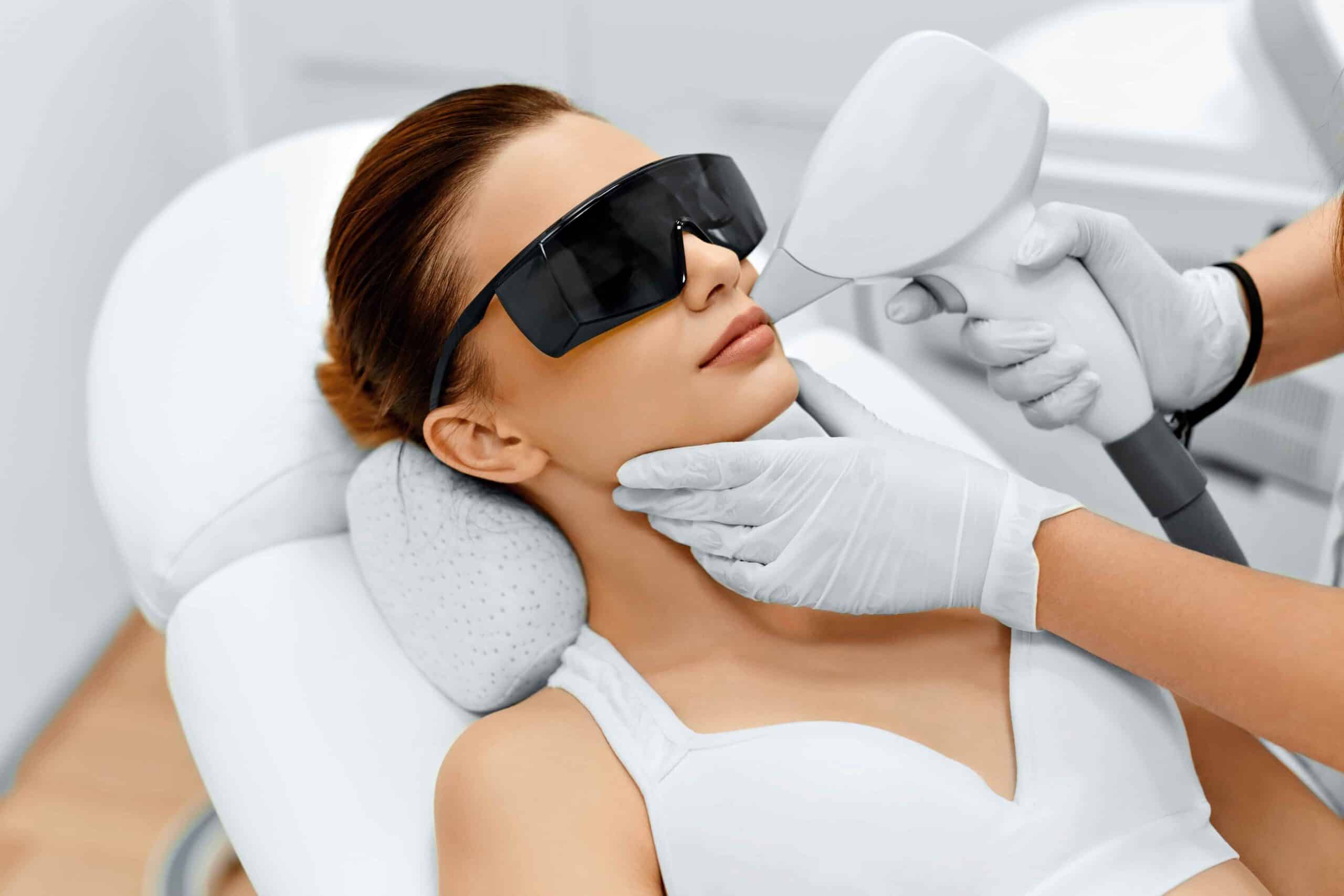
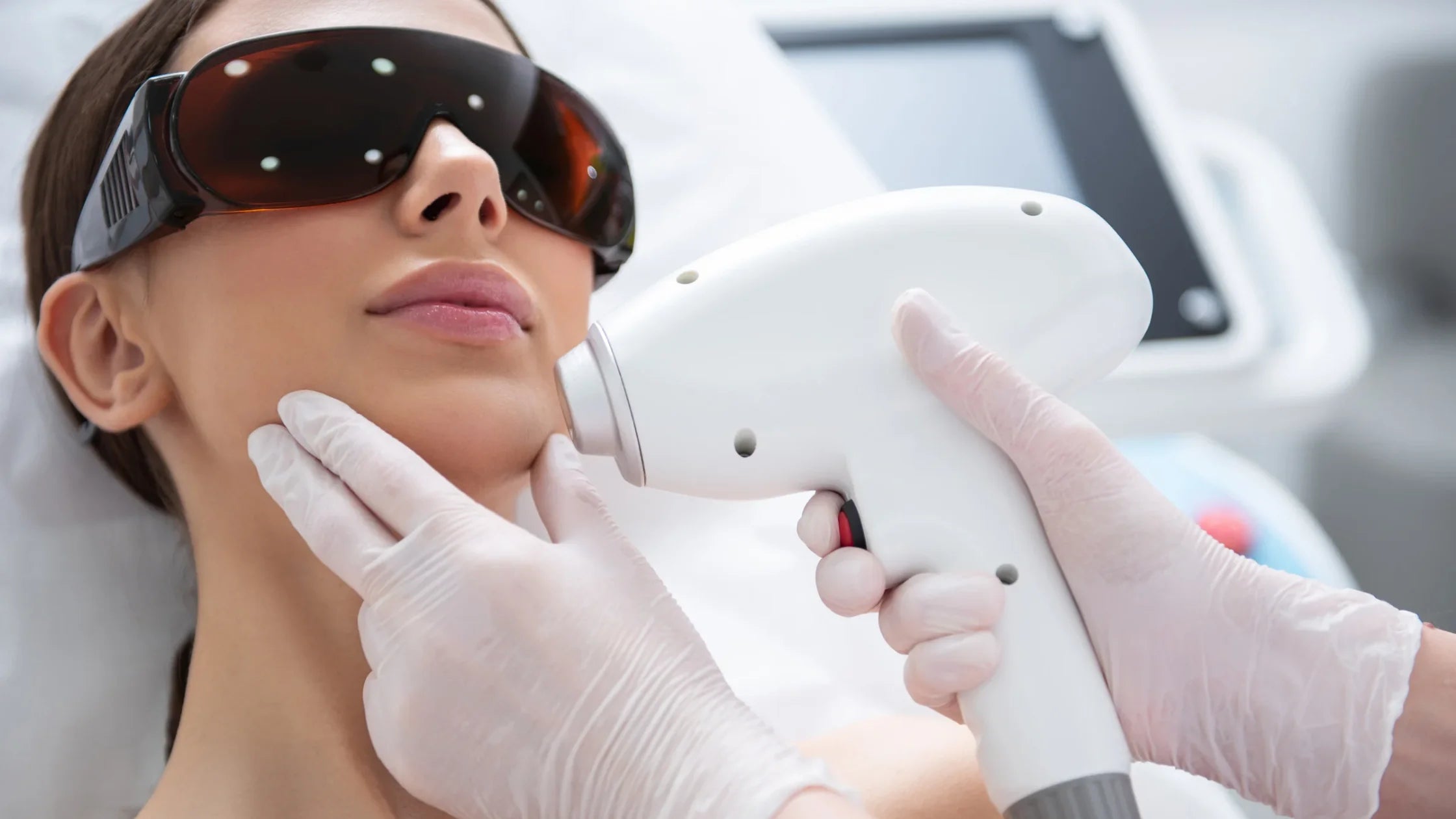

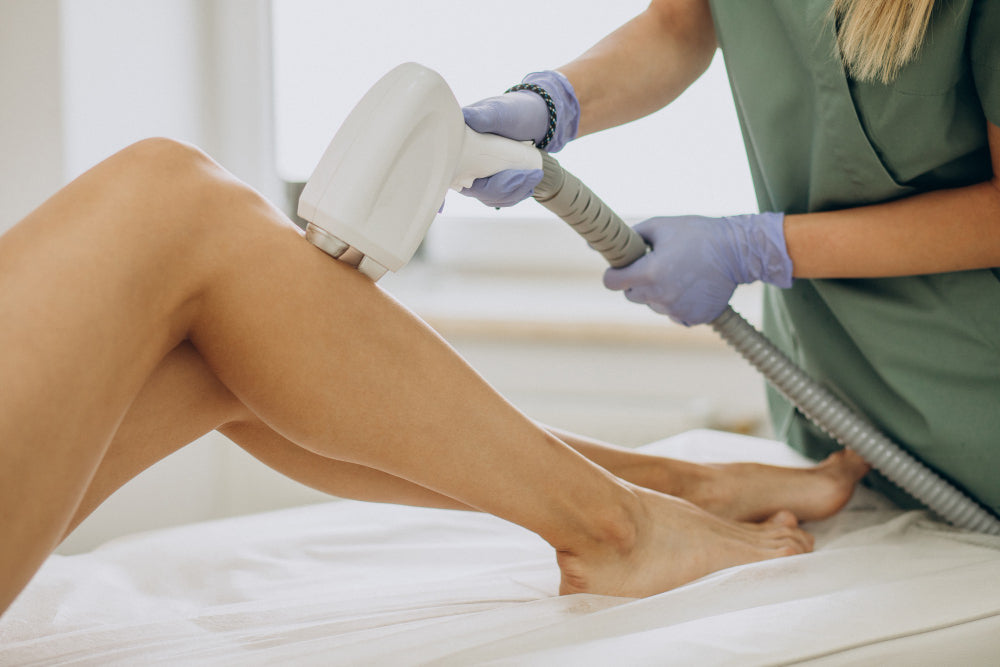
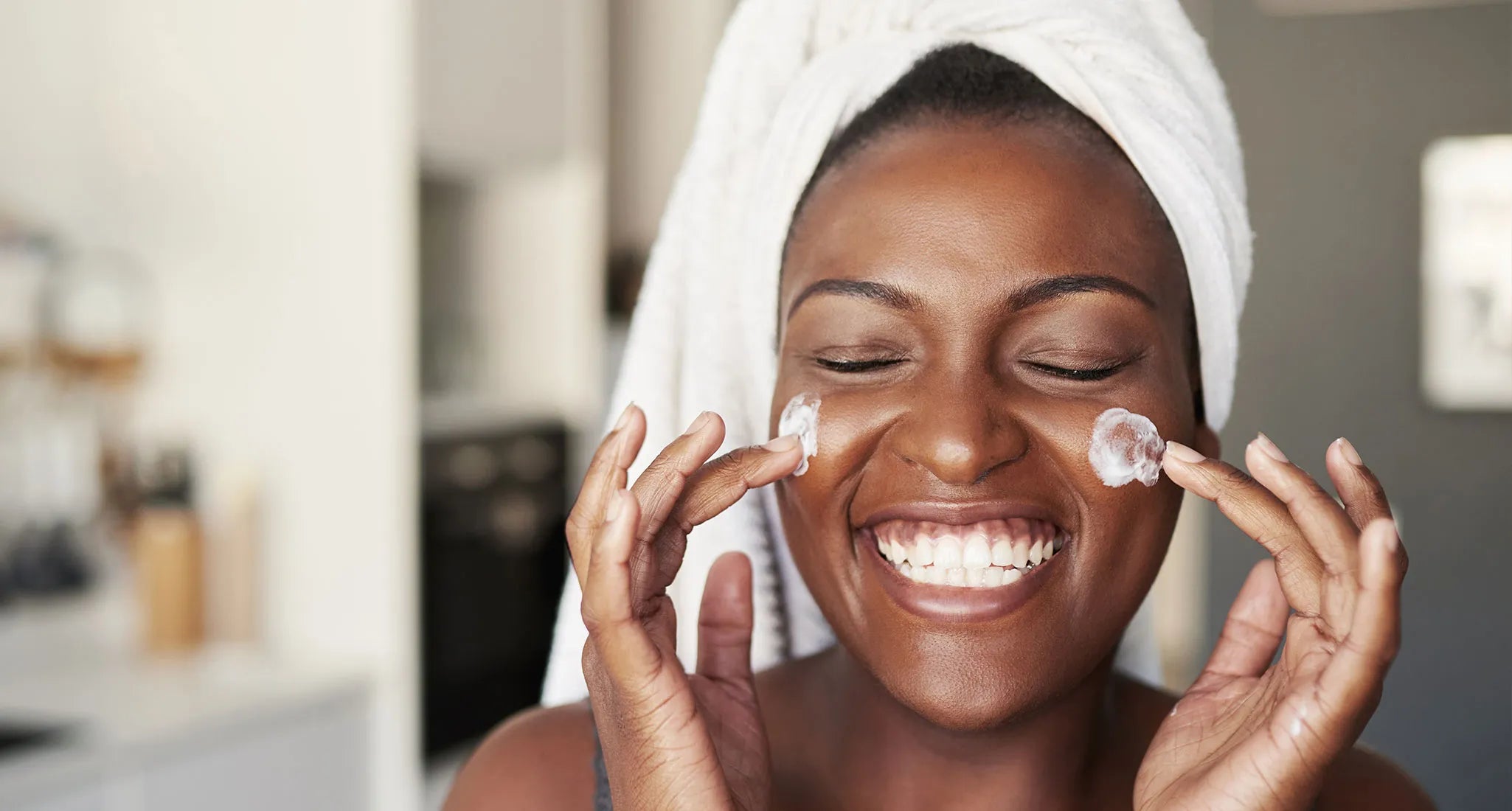
Share: